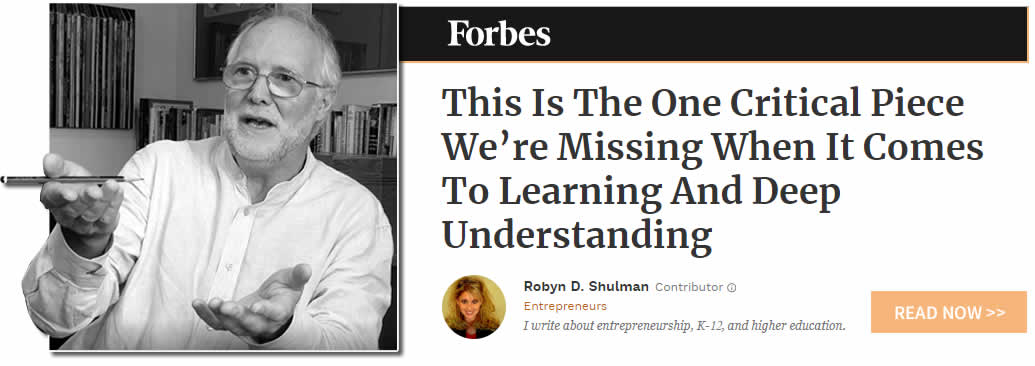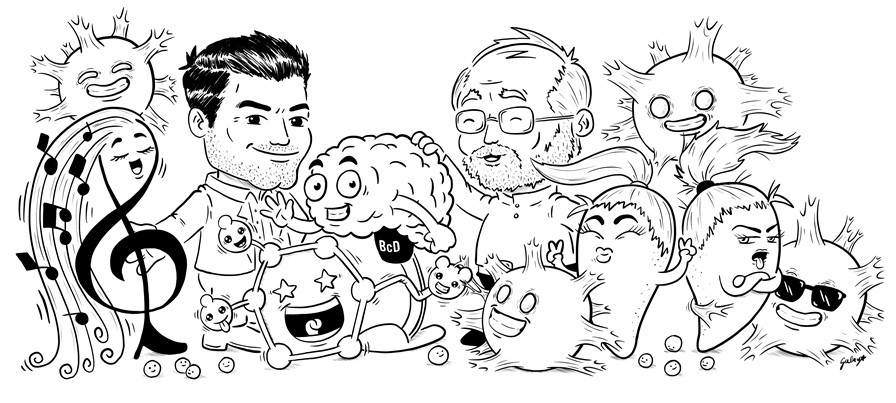DR. KIERAN O'MAHONY
"When children misbehave, teachers don't automatically think, 'Oh, Johnnie's superior longitudinal fasciculus is not fully formed, but I know what to do to help grow that structure.'"
Cognitive Learning Neuroscientist
Dr. Kieran O’Mahony is the founder of the Institute for Connecting Neuroscience with Teaching and Learning (iCNtl), a Seattle-based nonprofit that provides professional development for K–12 teachers with a view to improving learning outcomes. As a learning scientist with a focus on cognitive neuroscience, Dr. O’Mahony carried out systems research at the University of Washington College of Education LIFE Center (Learning in Informal and Formal Environments), the first NSF-funded Science of Learning Center that studied the social aspects of how children learn.
A learning scientist with a focus on cognitive neuroscience at the University of Washington College of Education LIFE Center (Learning in Informal and Formal Environments), Kieran’s work is essentially that of translation-- by connecting neuroscience with teaching and learning. As new knowledge unfolds at the bio-molecular level in brain labs, and as research results emerge from FMRI and other scanning devices, he sees his team’s work as implementing important findings into teaching and learning platforms in classrooms, workplaces, and homes. This work explores settings and processes that are aligned with pedagogical, brain-enabled methodologies, which he believes are instrumental in fostering deep understanding, prolonged engagement, and collaborative outcomes that foster human development in a fast-paced and challenging new century.
The challenge is to align what we know (along with emergent findings) in neuroscience with learning pedagogies, tools, and settings that include personalized learning as well as current LMS and other delivery mechanisms. In his lab, scientists explore enriched experiences that can change learning trajectories and outcomes for individuals in environments that embody challenging resources for social mediation, mentoring, reverse-mentoring, and assorted implementations in real-world scenarios. Other research interests involve socio-cultural perspectives on cognition, learning, graphical and visuo-spatial representation, and use of technology in formal and informal learning environments. He explores diffusion of innovations systemically across multiple learning environments and stakeholder communities. In particular, he is interested in instructor/learner interaction in various settings, including multi-dimensional design-based implementation research (DBIR) in workplaces and academic institutions. In particular, his work investigates impacts of co-constructed methodologies in settings that are a mix of informal sites as well as traditional (but evolved) classrooms.
Kieran was born in Ireland, taught in all levels of school (Elementary, Middle, High and University), emigrated to the United States in the early 80’s where he pursued higher degrees. He worked in the confluence of software and learning systems in companies like Microsoft, Borland, Wall Data, GTE, and the Boeing Company. A solid grounding in mainframes introduced him to the complexities and power of computing for learning systems and artificial intelligence. Today, he creates software systems for learning environments that include k-12, workplace (Industrial) and theoretical (Academic Institutions). Kieran lives happily in Seattle with his four children (two Irish and two American). He is an experienced high-altitude climber, loves to sail in the Puget Sound, and study/read in the many coffee shops in a great city.
Read The Book
After reading Brain-centric Design, you’ll understand what learning is on a fundamental level. In doing so, you’ll discover what we call the “shortcut to learning” and how to incorporate it into your teaching environment. You’ll learn how to develop critical skills in your learners like growth mindsets and adaptive expertise. What’s more, your learners will enjoy the process and leave feeling good about the experience.
Experience The Book
"In 1981, I found myself back in academia…again. I had just ended a 10-year career teaching science and social studies at an inner city all-boys high school. I left because I was desperately seeking solutions to large philosophical questions that seemed to evolve into daily crises in my classrooms. In the faculty room, we spoke in forward-looking platitudes and used phrases like “equality of educational opportunity.” But I could see quite plainly that neither “equality” nor “opportunity” was associated with the education we were doling out. I felt like I was part of a stratification engine that unintentionally and unknowingly did bad things to young people every day. After a horrible event at school, I arrived in Seattle wondering, How could a 13-year-old become so dissatisfied with life at school and home that the only choice left was suicide? It took me the best part of 40 years to locate the solution. The journey that contributed to this book involved many dead ends for me, as well as unfortunate and time-consuming false starts and frustrating educational misadventures in academia. However, eventually, it led me to the cognitive learning model in this course, and to Rich Carr."




